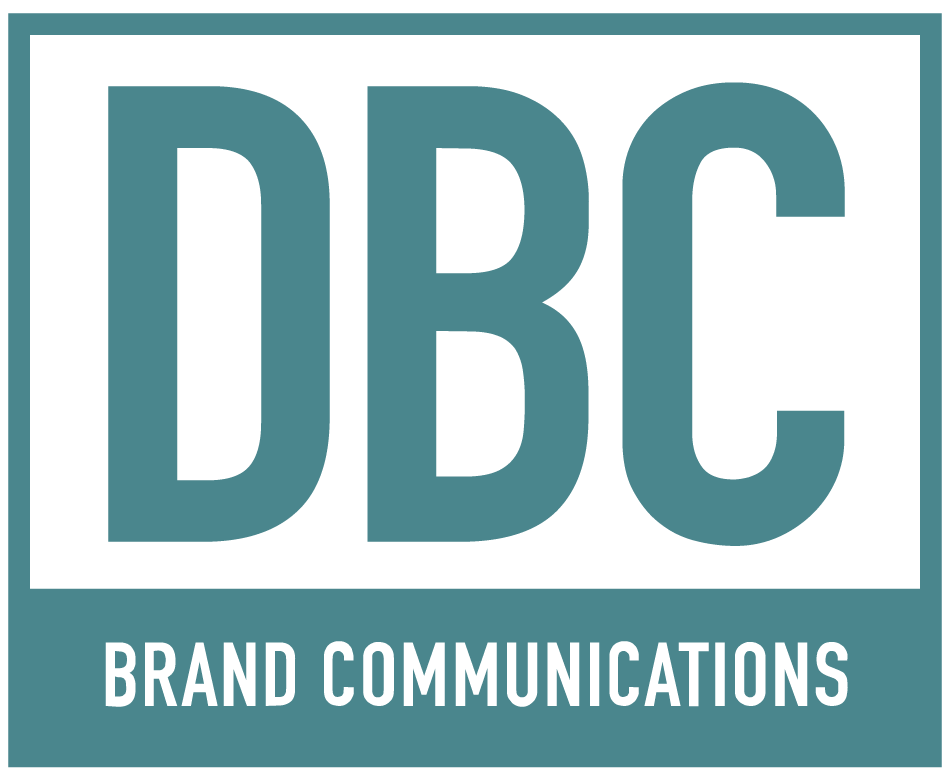2024 was a year of transformational change for the television industry. In this special four part series, DBC Brand Communications and Jon Lafayette, former Business Editor at Broadcasting & Cable, look at what lies ahead for Broadcast Linear TV, Cable TV, Streaming and CTV. Here, a look at The Future of Streaming.
The future of streaming will look a lot like cable TV, but one hopes it will be more customer friendly.
Kids like to watch videos on their phones. Look at the viewership for TikTok, YouTube and Instagram. But even YouTube and TikTok have been working to increase their presence on living room TV screens to better compete for ad dollars.
And as long as advertisers prefer consumers who are looking at TV screens, replicating cable is the smart way to go.
Let’s face it, watching TV was easier before streaming. It takes viewers more than 10 minutes to find what they want to watch, making even young viewers nostalgic for cable’s scrolling program guides. Changing channels was also easier than logging out of one app in order to sign into another–which sports fans know often means missing a series in a football game, an inning of baseball and a dozen three-pointers if you’re watching the NBA. (The question of whether the internet can handle millions of live streams is answered every Thursday night during football season.)
Consolidation on the business side of streaming will help. NBCUniversal, for one, has been looking for ways to bundle Peacock with other services in order to add subscribers and retain the ones it has. Just like in the linear days, there are a variety of business models: free, pay and premium. Increasingly, programming is becoming ad supported and commercial loads are growing. The days of buying streaming because it’s ad-free are behind us. That’s a plus for marketers, not great for viewers.
The big change will occur when the big tech companies, Amazon, Apple, Alphabet increase the share of streaming subscriptions that originate through their channel stores. It will be easier for consumers to sign up for Max, Apple TV+, Crunchyroll or BritBox via Amazon. It might also be easier to unsubscribe. Either way, the streaming services themselves will be getting only a wholesale price, so they’ll lose revenue, and they’ll also be more distant from viewers, making it harder to track preferences, offer recommendations and, most importantly, target advertisers. The advantage for traditional media companies is it will allow them to focus on what they’re supposed to do best: create entertaining programming viewers want to see.
For advertisers, streaming will look like cable with even better targeting, addressability and interactivity. Unlike the more homogenous programming on broadcast, cable networks were specialized: Lifetime for women, Nickelodeon for kids, BET for African Americans. But beyond that cable struggled to unify technology and business processes to create national campaigns designed to reach specific audience segments. Steaming promises delivery of targeted audiences with little waste, but until measurement systems catch up and are widely adopted for streaming, that promise will be difficult to validate and enumerate.
Ultimately the success of streaming will be determined by how easy it is for viewers to find shows they want to watch, which is way too complicated now. If you don’t know what you want to watch–like most of us–recommendation engines are getting more sophisticated. Are they becoming more useful? That’s not clear across the industry, with some algorithms more personalized than others.
If you know what you’re looking for, Comcast does a great job of helping you find it. Don’t know where the new season of Yellowstone can be found? Just say “Yellowstone” into your X1 remote and fresh episodes pop up. How about that cool show Shrinking your friends are talking about? Say “Shrinking” into the remote and you find its on Apple TV+ Want to know what games are on tonight? Press the “C” button on the remote and the schedule appears with what’s on now as well as all of today’s games, with the starting times of upcoming contests as well as the score of games that have concluded. In each case, if they’re available to watch, click watch and it tells you how to get into the action.
Comcast has licensed its X1 operating to some other cable operators, but it would be very interesting if one of the new high-tech video providers adopted it as well. It’s possible that Amazon or Apple could come up with something even better. Either way, streaming is here to stay. We’ll just call it TV. And if someone comes up with a great way to connect viewers with the shows they want to watch, the media world will beat a path to their door.

Jon is the former business editor of Broadcasting+Cable since 2010. Before B+C, Jon covered the industry for TVWeek, Cable World, Electronic Media, Advertising Age and The New York Post. A native New Yorker, Jon is hiding in plain sight in the suburbs of Chicago.
